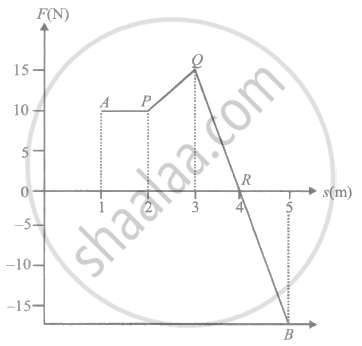Advertisements
Advertisements
Question
In a region of constant potential ______.
- the electric field is uniform
- the electric field is zero
- there can be no charge inside the region
- the electric field shall necessarily change if a charge is placed outside the region
Options
b and c
a and c
b and d
c and d
Solution
b and c
Explanation:
We know, the electric field intensity E and electric potential V are dV related as E = – dV/dr
or we can write |E| = ΔV/Δr
The electric field intensity E and electric potential V are related as E = 0 and for V = constant, dV/dr = 0 this imply that electric field intensity E = 0.
If some charge is present inside the region then electric field cannot be zero at that region, for this V = constant is not valid.
APPEARS IN
RELATED QUESTIONS
Guess a possible reason why water has a much greater dielectric constant (= 80) than say, mica (= 6).
Obtain an expression for an intensity of electric field at a point at the end of position, i.e., the axial position of an electric dipole.
x
Why must electrostatic field be normal to the surface at every point of a charged conductor?
A body moves from point A to B under the action of a force, varying in magnitude as shown in the figure. Force is expressed in newton and displacement in meter. What is the total work done?

Two point charges placed in a medium of dielectric constant 5 are at a distance r between them, experience an electrostatic force 'F'. The electrostatic force between them in vacuum at the same distance r will be-
If stretch in a spring of force constant k is tripled then the ratio of elastic potential energy in the two cases will be:
A work of 100 joule is performed in carrying a charge of 5 coulomb form infinity to a particular. point in an' electrostatic field. The potential of this point is:-
In bringing one electron towards another electrons, the electrostatic potential energy of the system will.
When one electron is taken towards the other electron, then the electric potential energy of the system ______
A point charge q0 is moving along a circular path of radius a, with a point charge Q at the centre of the circle. The kinetic energy of q0 is ______.
